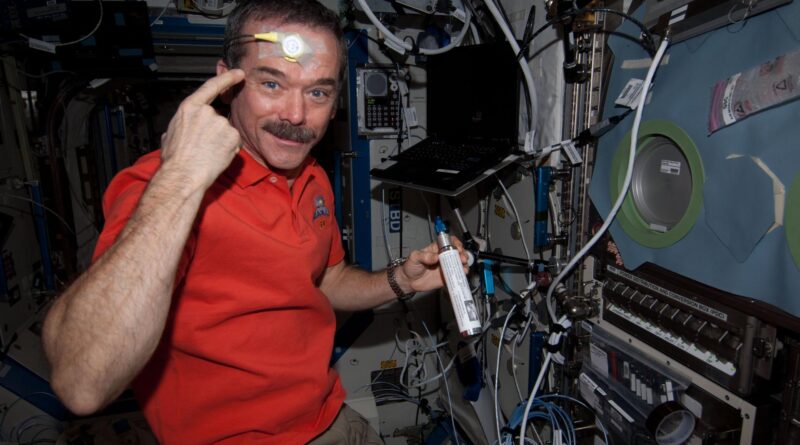Mental Health in Space – NASA
Life on the Earth Station is very different from life on the ground. Crews experience multiple sunrises and sunsets each day, spend their time in one location, have multiple shifts, and work in microgravity.
These and other conditions during space flight can adversely affect the performance and well-being of crew members. Many studies at the space station are working to explain and understand those effects, and others are testing new technologies and techniques to help combat them.
Current research from ESA (European Space Agency), Circadian light is testing a new method of lighting to help scientists maintain normal daily or circadian rhythms. The LED panel changes very slowly, and it varies from day to day according to the natural conditions of the Earth. The study seeks insight into the effect of this system on circadian rhythm regulation, sleep, stress, and the general health of workers. The findings may also reveal ways to improve lighting for shift workers and those in extreme or remote locations.
An earlier ESA study, Circadian Rhythmsexamined how the daily rhythm changes during long-duration spaceflight and its non-24-hour cycle of light and dark. This understanding can support measures to improve performance and health in future activities.
A well-established method of determining circadian rhythms is by continuously recording core body temperature, but methods for doing so can be inconsistent and inconvenient. For this research, the researchers developed a non-invasive skin sensor technology to measure the body’s core temperature over a long period of time.
Missions to the Moon or Mars will have a communication delay with Earth – about 30 minutes from Mars. The Comm delay rating research looked at how such delays might affect members of the medical emergency response team and others to help psychologists develop ways to manage the stress of performing these critical tasks without instant advice from Earth. The results showed that the space station could provide a platform to measure communication delay measures. The research also confirmed that communication delays increased individual stress and frustration and reduced work performance and collaboration, and suggested that improved training, collaboration and technology can reduce or prevent these problems.
NeuroMapping studied changes in brain structure and function, motor control, and multitasking ability during flight and measured how long it took crew members to recover after a mission. Published results from this work include a study that found no effect on spatial processing memory from the plane but showed significant changes in brain connectivity. Another paper reported a significant increase in brain volume that increased during the mission and with longer periods between missions. The researchers suggest that intervals of less than 3 years between missions may not be sufficient for a full recovery.
For Newspapers research, staff members wrote daily notes that researchers analyzed for health-related information. The study provided the first quantitative data for the levels of behavioral issues associated with prolonged exposure to space. Most of the journal articles dealt with ten categories: work, external communications, maintenance, teamwork, leisure/recreation, equipment, events, organization/management, sleep and food. The report provided insight into how these factors affect human performance and included recommendations to help crews prepare for flight and improve living and working in space.
Crews on the space station take pictures of their home planet for Crew Earth Observations (CEO). These images record how humans and natural phenomena have changed the Earth over time and support a wide range of research on the ground, including studies of urban growth, natural processes such as coral reefs and glaciers, land use and sea events. Over time, researchers realized that taking these photos also improved the mental health of staff members. Most of them spend most of their free time shooting in the station camp.
Those VR Mindfulness is testing the use of virtual reality (VR) technology to provide mental relaxation and overall mental health for magicians during their careers. Participating staff use headsets to view 360-degree, high-quality video and audio levels and complete questionnaires about the experience. In addition to helping astrologers, this tool can be used to deal with psychological problems such as depression, anxiety and post-traumatic stress disorder.
Melissa Gaskill
International Space Research Communications Group
NASA’s Johnson Space Center
Search this database of scientific experiments to learn more about those mentioned in this article.
#Mental #Health #Space #NASA
